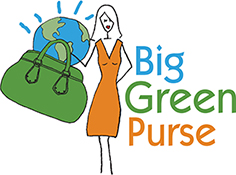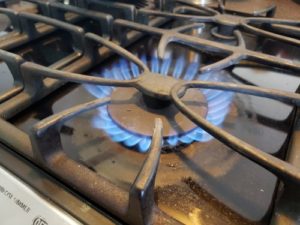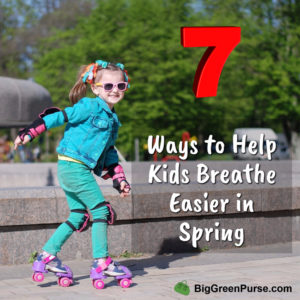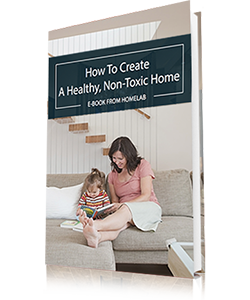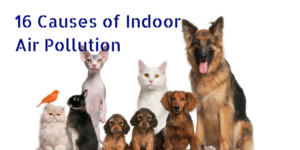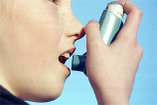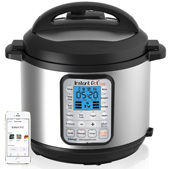
It’s a bit of an irony, isn’t it? On the one hand, we want kids to get away from their computers and electronics and play outside. On the other hand, we don’t want them breathing unhealthy air. Created by the reaction of sunlight and emissions from cars and other sources, ozone pollution can damage lung tissue.
* Kids who already have asthma are particularly at risk when they play outside in polluted air. And while we all react to smog, children are among the groups most sensitive to poor air quality, as their respiratory systems are developing and they breathe in more air pollution per pound of body weight than adults.

* In the greater metropolitan Washington region alone, there are more than 18,000 children with asthma. Air pollution can make asthma symptoms worse and trigger attacks.
What can you do to protect kids from air pollution at school?
Monitor air quality. As a parent, you’re already probably on the alert. Clean Air Partners offers free, daily AirAlerts to residents across the greater metro Washington-Baltimore region. AirAlerts also provide a daily and three-day air quality forecast. When an unhealthy air quality level is reached (in real-time) all subscribers are notified. Users can have AirAlerts sent directly to their email and can also use the Clean Air Partners Air Quality App for on-the-go information that can help keep students safe.
Talk to your kids’ coaches and day care providers, who may also be responsible for children during primetime hours. If your kids have a peanut allergy, or are highly allergic to bee stings, you let school officials and day care operators know. It’s the same with asthma and air quality.
When the Air Quality Index (AQI) reports unhealthy levels:
1) Timing is Everything: Limit kids’ outdoor physical exertion. Be aware that ozone often peaks in mid-afternoon and early evening. Adjust strenuous outdoor activity during off hours and/or reduce the intensity of the activity.
2) Pay Attention: Know how to recognize symptoms of respiratory discomfort, such as coughing, wheezing, breathing difficulty, and chest tightness – and reduce exposure if these occur. Asthmatic children are not the only ones at risk– all children are susceptible to these symptoms.
3) Rotate and Rest: Rotate players during physically exerting games and rest players to reduce exertion.
4) Have Options: Provide alternative activities that allow kids that have asthma or other respiratory problems to participate in activities that are less physical when pollution levels are high.
5) Play Indoors: If pollution levels are particularly high, move physical activities indoors where the air is filtered by an air conditioning system.
6) Plan Ahead: Asthma management is important and children with asthma should have adequate medication on hand and follow their asthma management plans.
Air Quality Guide to Keep Kids Safe
CODE GREEN: Great day to be active outside!
CODE YELLOW: Air quality is acceptable but this could cause health concerns for sensitive groups (such as athletes and those who spend a lot of time outside). Students who are unusually sensitive to air pollution could have symptoms.
CODE ORANGE: Limit outdoor activities. For longer activities such as PE or band practice, take more breaks and do less intense activities.
CODE RED: Everyone is sensitive to this level of poor air quality and should avoid prolonged outdoor exertion. Consider moving longer or more intense activities indoors or rescheduling them to another day or time.
CODE PURPLE: Everyone, especially children, should avoid any physical outdoor activities as pollution levels are very unhealthy. Move all activities indoors or reschedule them to another day.
Clean Air Partners would like to thank teachers and coaches in the community for contributing to an overall improvement in our community’s air quality and environment and keeping children safe. Have fun and make sure you check out cleanairpartners.net to sign-up for AirAlerts.
If you don’t live in the Baltimore-Washington metropolitan area, check in with your county to find a similar organization or agency that monitors air quality and will send you alerts to help protect your kids.
